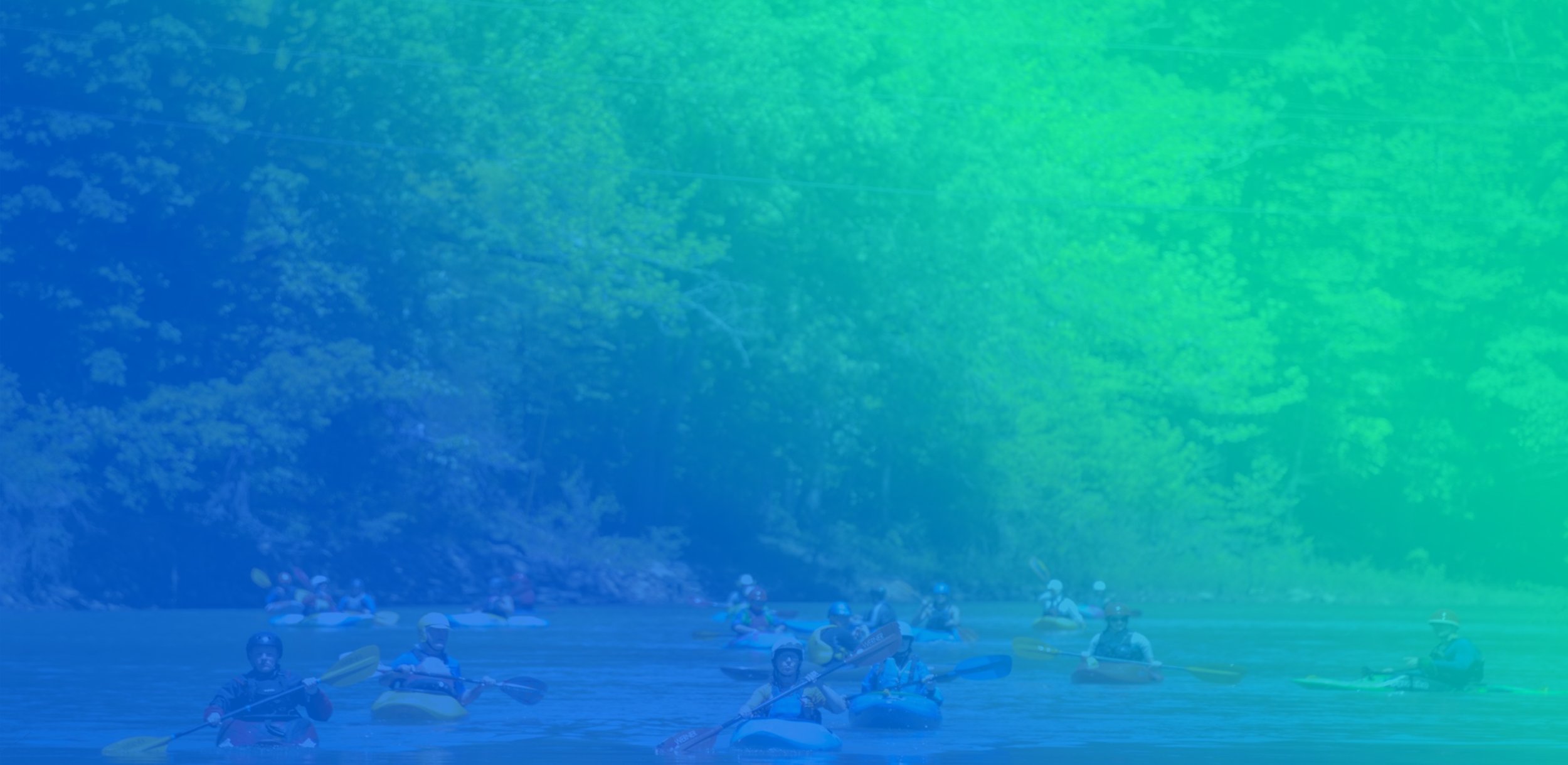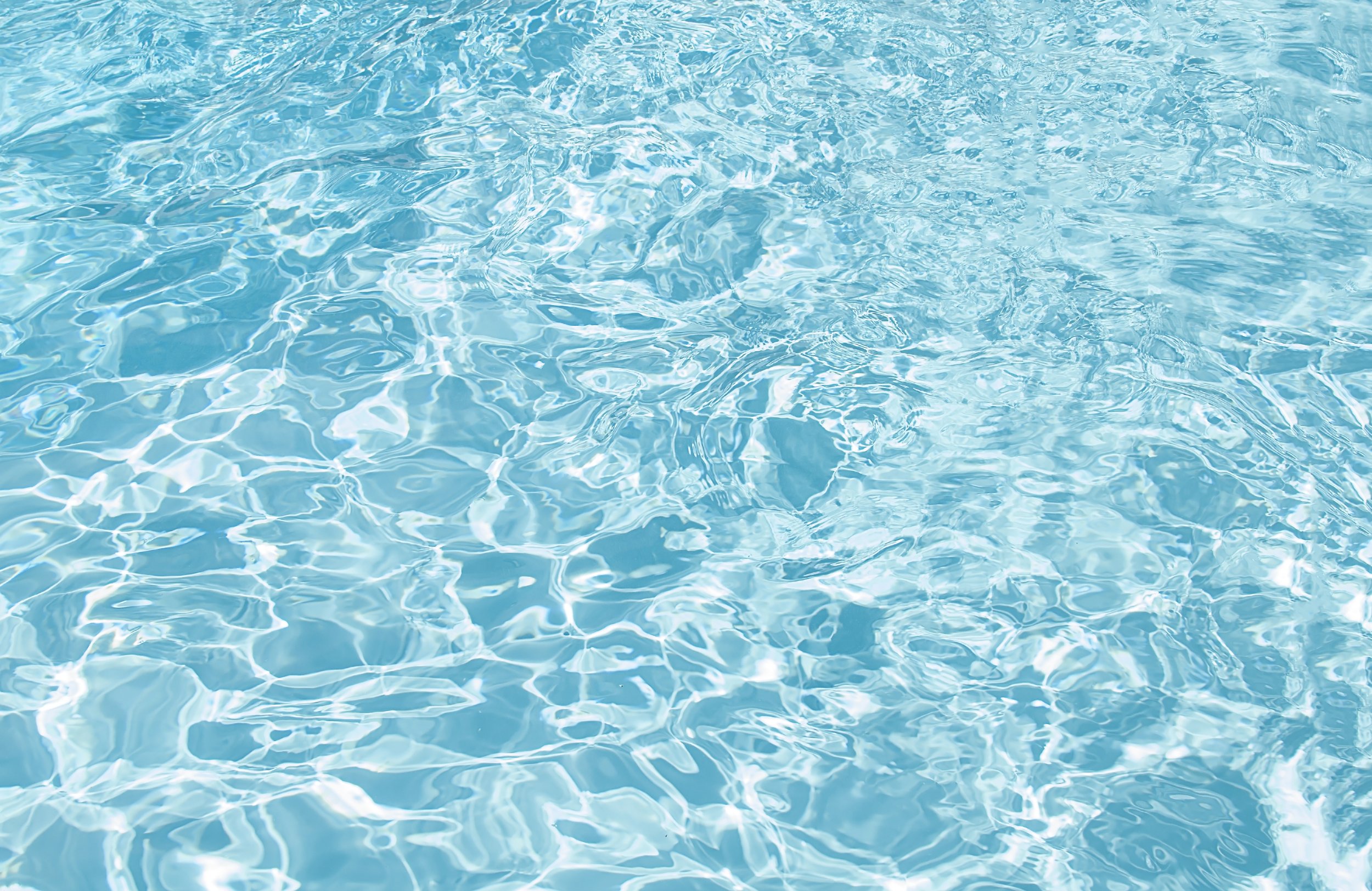
School of Whitewater Paddling

What You Will Need
Bring camping gear. The main campground can be noisy at night, so ear plugs may be useful. When you arrive, you can check with the school staff for the best camping location based on your needs.
Midday meals are typically on the river. Bring water, food, and snacks in durable, waterproof containers to carry in your boat.
Appropriate Clothing for the River
The spring weather in Arkansas is unpredictable!
Although the weather may be warm, the water temperature will likely be cold, usually below 60 F, and you will get wet. All kayak classes begin with wet exits; swims are common in all boat types and all classes. Your choice of clothing for the weekend is very important and should be appropriate to protect you from the weather and sudden immersion in cold water.
Participants are required to wear closed-toe shoes while on the river. No sandals. Water shoes or neoprene booties with a rubber tread are popular options, but old gym shoes with the laces tucked in are an excellent low-cost option.
When the combined air and water temperature is less than 120 degrees, hypothermia is a risk, ALL participants and on-water staff will be required to wear a wetsuit or drysuit. Wetsuits are available for rent from the Turner Bend Outfitter's Store. Participants should contact Turner Bend 1-2 weeks ahead to make sure a wetsuit in the proper size is available.
"Layering" clothing is recommended to increase warmth and comfort. The layering system involves use of:
A wicking layer: Used closest to the skin, materials like polypropylene, merino wool or silk transfer moisture from the skin to outer layers. Avoid cotton fabrics as cotton holds water and will chill and chafe you.
An absorbing layer: This middle layers soaks up moisture near the skin and continues to move it away from the body to the outermost layer. Synthetic materials are most common.
A protective layer: The outer layer protects against wind and water. This outer layer shell is laminated material like breathable-coated nylon or neoprene. Wetsuits and paddling jackets are recommended. Breathable dry tops or complete dry suits are used by more experienced paddlers.
